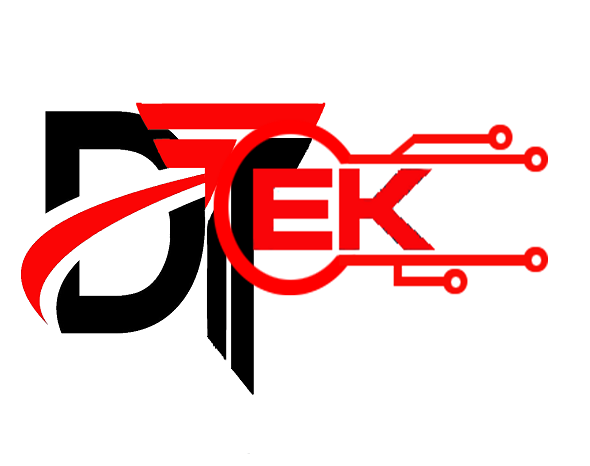
Faq’s
Q: What is data recovery?
Data recovery
is the process of retrieving deleted or inaccessible data from failed
electronic storage platter such as computer hard disk drives, removable
drives, optical devices, etc.
Q: What are the reasons for hard disk
failure?
There are
various reasons for hard disk failure, but we broadly can categorize it
into two
Logical Issues: Usually in this kind of hard disk,
platter will be fine but the data might be lost due to Formatting /
Partition Table Corruption /Data in Shortcut Format/ Accidental
Deletion/Virus Infection/OS Installation without taking backup.
Physical Issues: In these kinds of issues, the hard
disk will not be detectable or there will be clicking noise or some of
the components might be bad. In some cases the hard disk will be
detectable, but data cannot be accessed due to bad sector.
Q: How long does the analysis take?
The time required for analysis
depends on the problem of platter. It generally takes 3-4 hrs. to
analyze the device, but in rare scenario it could take longer.
Q: What is the analysis process?
All devices
received go through an extensive analysis to determine the condition of
the drive.
Step 1 – We
will determine whether the problem is physical (hardware), logical
(software structures) or both
Step 2 – If
it is found to be physical, we will determine whether the needed parts
for repair are in our inventory or if we have to resource them.
Step 3 – Once
we establish access to the drive, we will make an absolute and complete
backup of your hard disk to our server where the process will continue.
Step 4 – The
next step is to evaluate the condition of the data structure & determine
how much of the data is recoverable.
Step 5 – When the evaluation process
is completed, we will contact you with the results of the evaluation &
tell you the exact time frame required as also about the cost for
recovery. We will need your approval to proceed further from this point.
Q: How long will it take for data
retrieval?
For Logical issues like partition
lost, folder deleted hard disks 4 hours to 8 hours. For Formatted / OS
Reinstalled Hard disks one hour per GB which means that for a 10 GB hard
disk, it will take 10 hours. For Hard disks with Platter problem
estimated time will be known and informed only after Hard disk is
analyzed.
Q: How will the recovered data be
given?
The recovered data can be given on a
backup hard disk or any other storage devices i.e. Pen Drive, CD or
DVDs. The backup hard disk, Pen Drive, CD or DVD’s should be supplied to
us by the client / customer for copying the data
Q: What if the device is within the
warranty?
If the device is within the warranty
period we would inform you to take approval from the manufacturers and
after successful recovery, we will take care of its replacement. In case
data cannot be retrieved, we will check with the customers whether the
Device has to be sent for replacement or not.
Q: What shall be the percentage of
data recovery?
If the device has any logical issues,
in such cases, 90% to 100% data is recoverable. If the device has
physical issues, recovery percentage could be informed only after
analysis.
Q: Will the device be reusable after
recovery?
90% of the devices can be reusable,
if the issue is Logical. If the issue is Physical, the status of the
usability of the device will be known only when the data recovery is
completed.
Q: In which situation, it is very
difficult to recover lost data?
There are
chances when the damage to the hard drive is so bad that data recovery
is just not possible. This usually happens when the read / write heads
actually “crash” or get severely damaged.